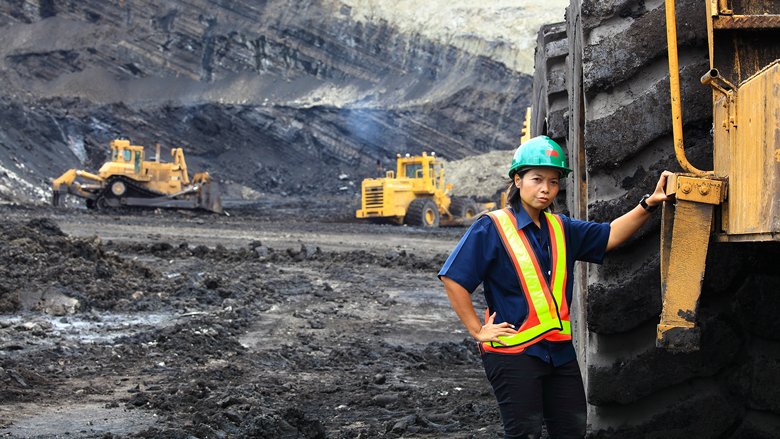Context
Reaching net zero by 2050 requires finding innovative ways to reduce emissions and decarbonize some of the most polluting sectors and industries.
Clean hydrogen can be crucial in minimizing climate change impacts, helping decarbonize hard-to-abate sectors that rely on fossil fuels—such as heavy industry, shipping, and air transport—while contributing to food security, economic growth, and job creation.
Hydrogen is expected to grow sevenfold to support the global energy transition, eventually accounting for 10 percent of total energy by 2050. A scale-up of this magnitude will affect demand for critical materials, including minerals and metals, needed for hydrogen technologies— electrolyzers for renewable hydrogen, carbon storage for low-carbon hydrogen, or fuel cells using hydrogen to power transport.
A new report: Sufficiency, Sustainability, and Circularity of Critical Materials for Clean Hydrogen
A joint report from the World Bank and the Hydrogen Council uses new data to estimate the amount and overall footprint of critical minerals needed to scale up clean hydrogen.
First, it identifies the quantities of critical materials needed to scale up different hydrogen technologies.
Second, it assesses whether the materials needed for hydrogen may compete with large-scale demand from other fast-growing sectors of the low-carbon transition, such as wind, solar, and battery technologies.
The report also looks at the broader environmental impacts — greenhouse gas emissions or water demand—that may arise from mining and processing the materials, and discusses mitigation solutions, from improvements to design to enhanced recycling.



